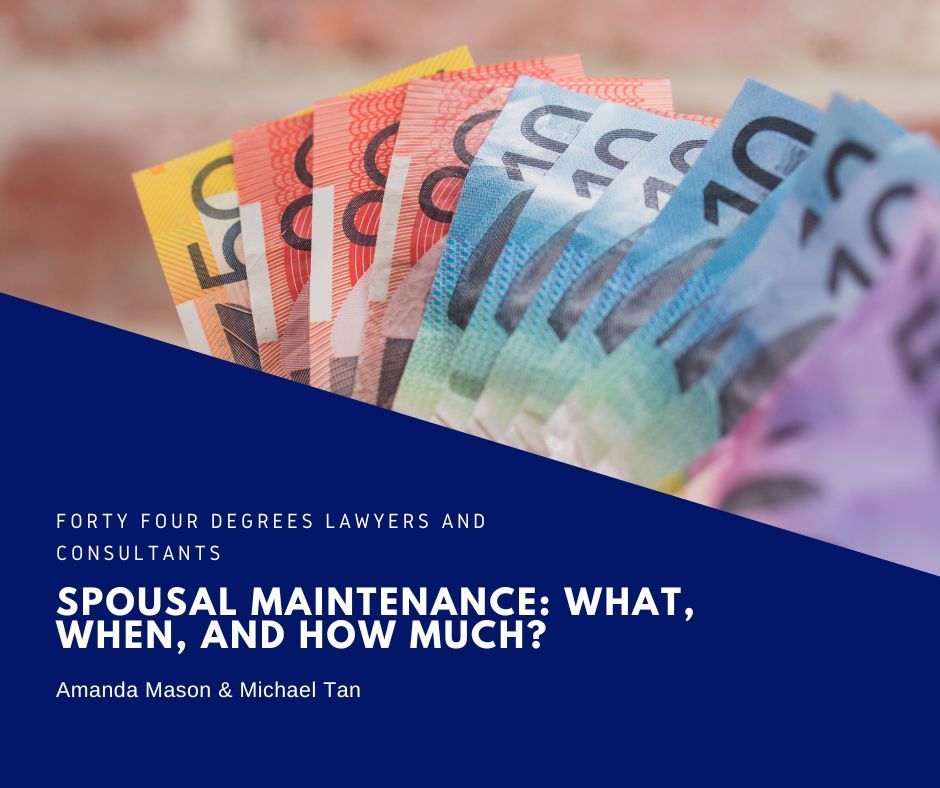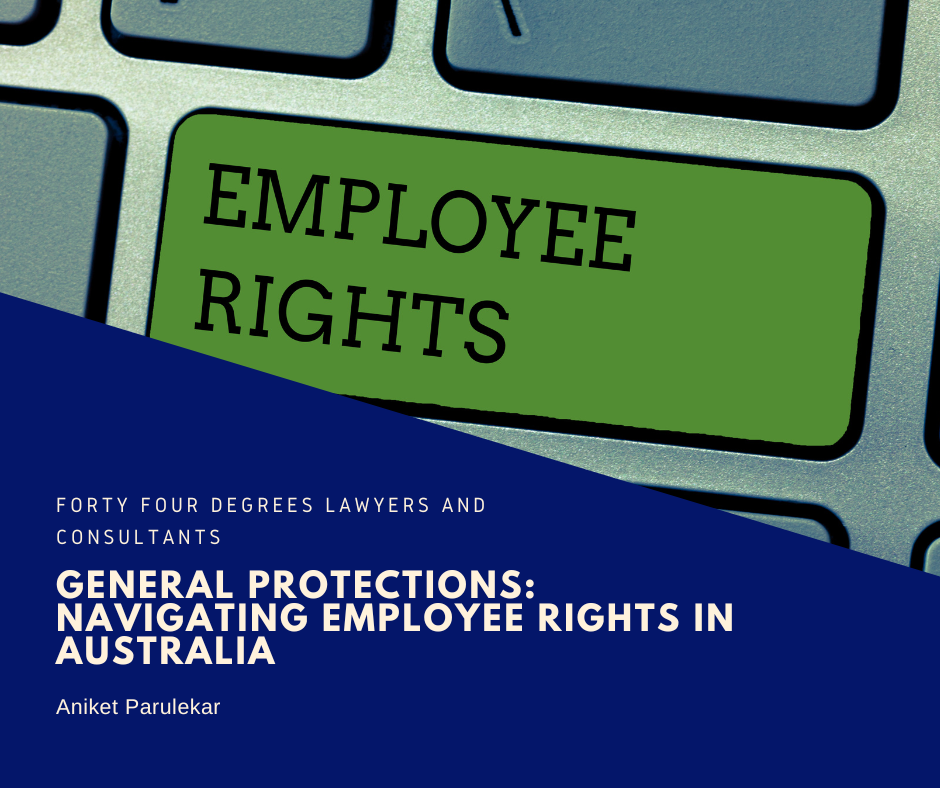The Federal Circuit and Family Court Merger
The Family Court and Federal Court of Australia have merged - what does this mean for families, and for lawyers?

THE ORIGINAL COURTS
Prior to September 01, 2021, the Federal Circuit and Family Court existed as two separate courts: the Federal Circuit Court and the Family Court.
The Family Court of Australia was a specialised court created under the Family Law Act 1975 (Cth) with original jurisdiction to hear and resolve complex family law matters.
In 2000, the Federal Circuit Court was created as an alternative avenue of litigation to alleviate the strain on the Family Court. The Federal Circuit Court also had jurisdiction over;
- administrative law;
- bankruptcy;
- consumer protection and trade practices;
- migration;
- unlawful discrimination;
- privacy;
- copyright;
- industrial law;
- maritime law; and
- child support.
Despite the introduction of the Federal Circuit Court, the two courts were still overburdened and unequipped to provide justice and protection to families in a timely and cohesive manner.
THE MERGER
On February 17, 2021, the Federal Parliament passed the Federal Circuit and Family Court of Australia Act 2021 (Cth) and Federal Circuit and Family Court of Australia (Consequential Amendments and Transitional Provisions) Act 2021 (Cth) to merge the two courts into the Federal Circuit and Family Court of Australia. They did this to resolve the backlog of family law matters awaiting judicial determination and reduce waiting times for new matters.
The merger implements one single entry point and a harmonised set of rules, forms, and case management system to drive faster, cheaper and nationally consistent resolutions for all family law matters.
In addressing the shortcomings of the prior family law system, the merger aims to:
- Improve earlier risk identification and safety of children and vulnerable parties;
- Increase case management before Registrars instead of Judges
- Encourage smarter ways for families to settle disputes outside of Court or without the need for trial where it is safe and appropriate to do so;
- Enforce compliance with court orders;
- Enhance national access to justice for vulnerable parties and regional communities through the use of technology by implementing a centralised website and electronic hearings; and
- Resolve up to 90 per cent of cases within 12 months.
NEW COURT STRUCTURE
The newly merged Court operates with two divisions:
Division 2 is a continuation of The Federal Circuit Court of Australia. It exercises the general federal law jurisdiction of the original Federal Circuit Court, dealing with family law, migration and other general federal law matters. All initiating applications are to be filed in Division 2.
Division 1 is a continuation of The Family Court of Australia exercising family law and appellate jurisdiction. All appeals are to be filed in Division 1 thereby removing the former Appeal Division of the Family Court.
The Chief Justice can also direct that complex matters from Division 2 be transferred to Division 1. The Court Rules give guidance to what the Chief Justice must take into account when deciding to do so: any applicable Rules of the Court, whether proceedings in respect of an associated matter are pending in Division 1, whether resources of Division 1 are sufficient to hear and determine the proceeding, and the interests of the administration of justice (s 149 Federal Circuit and Family Court of Australia Act 2021).
PRE-EXISTING MATTERS
Any matter already listed with the original Family Court will be transitioned into the new Court and may be moved forward under new available dates. Documents on the court file, such as older forms, will still be relied upon and used as originally intended.
However, new forms and Rules must be complied with after September 01, 2021.
HARMONISED RULES, FORMS AND CASE MANAGEMENT PROCESSES
Parliament has introduced Federal Circuit and Family Court of Australia (Family Law) Rules 2021 (Cth) to achieve a greater emphasis on dispute resolution between parties to family law proceedings, an increased focus on assessing risk, and the cost efficient and timely determination of matters before the Court.
Parties who fail to follow the rules or unnecessarily add time to matters will also face new consequences. In the absence of a reasonable excuse, the Rules permit the Court to respond quickly. For example, by dismissing the proceeding, reassessing orders, ordering costs, prohibiting further action or any order in line with the Rules that the Court considers necessary.
Some work previously done by Judges will now be undertaken by Registrars who are skilled and experienced family law specialists. The various registrars (senior judicial registrar, judicial registrar, deputy registrar) undertake triage and case management of all filed matters to reduce delays by identifying risks early and improving access to the family law system.
If you wish to file a matter to the Federal Circuit and Family Court, or you are a party to a family law proceeding, give our family law team a call on 1300 892 237
Contact Us
We’re an Australian Law Firm promoting a nuanced, personal touch. We have the skills you need to resolve your case quickly and with a positive outcome. Our straight talking team stays close to simplify what is most often a complicated process. We help individuals and businesses with technology and startup law, property law including conveyancing and leasing, commercial law, civil litigation, wills, estates, bankruptcy, insolvency, criminal law, and professionals facing investigations and charges from their regulatory body.
We have a connected network of talented lawyers in Melbourne CBD, Dandenong, Ballarat, and Ivanhoe East.
Fill out the form or call us on 1300 892 237.
We will get back to you as soon as possible
Oops, there was an error sending your message.
Please try again later or call us on 1300 892 237.










